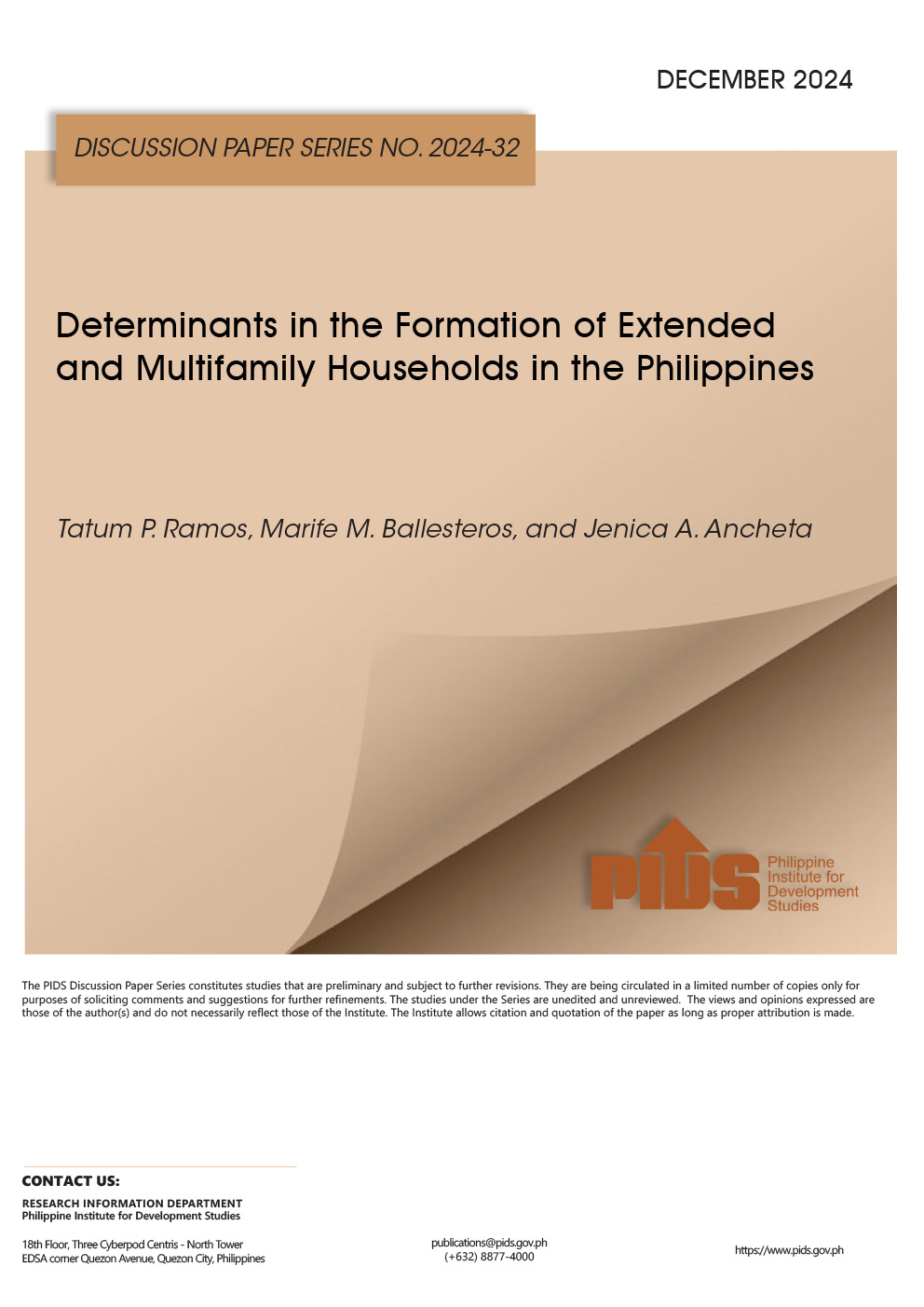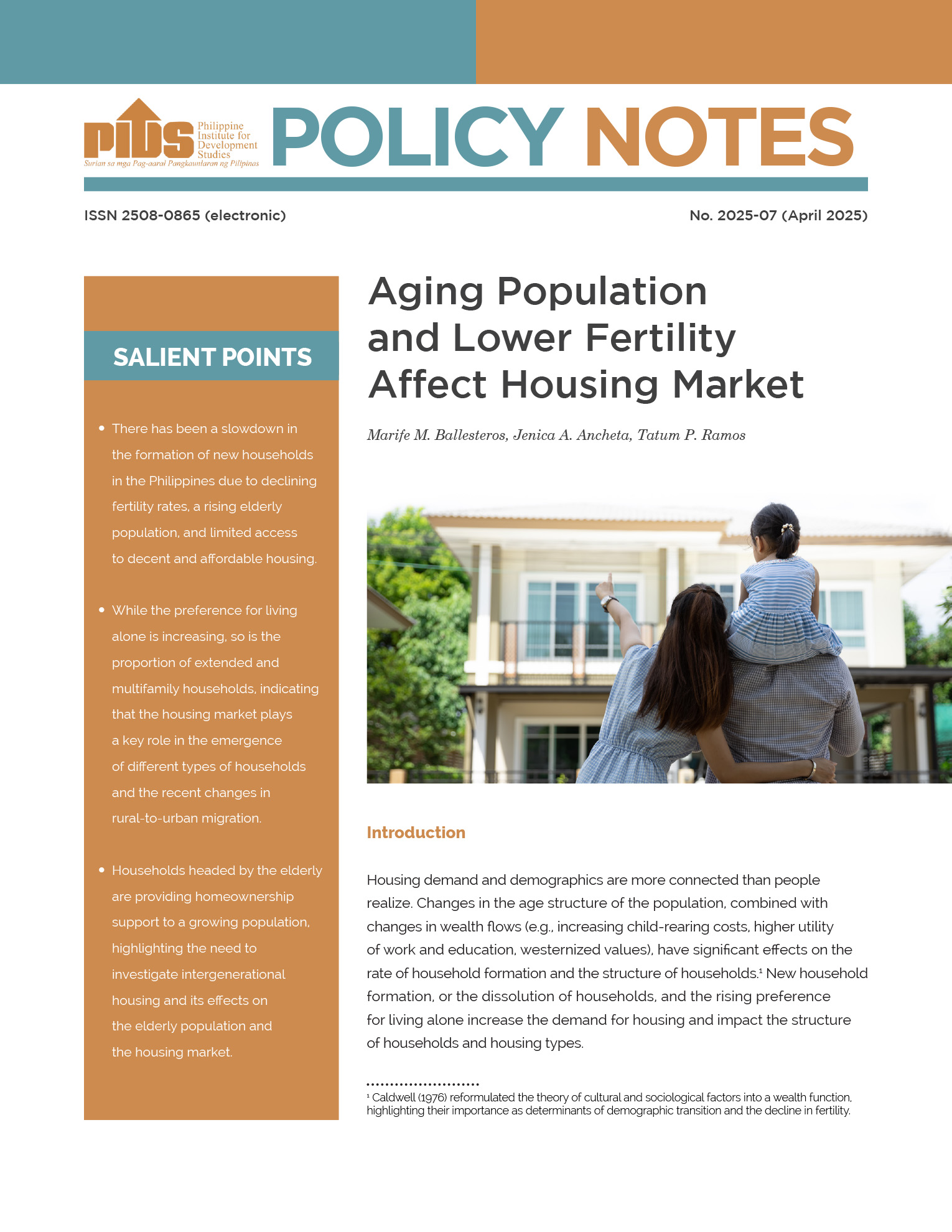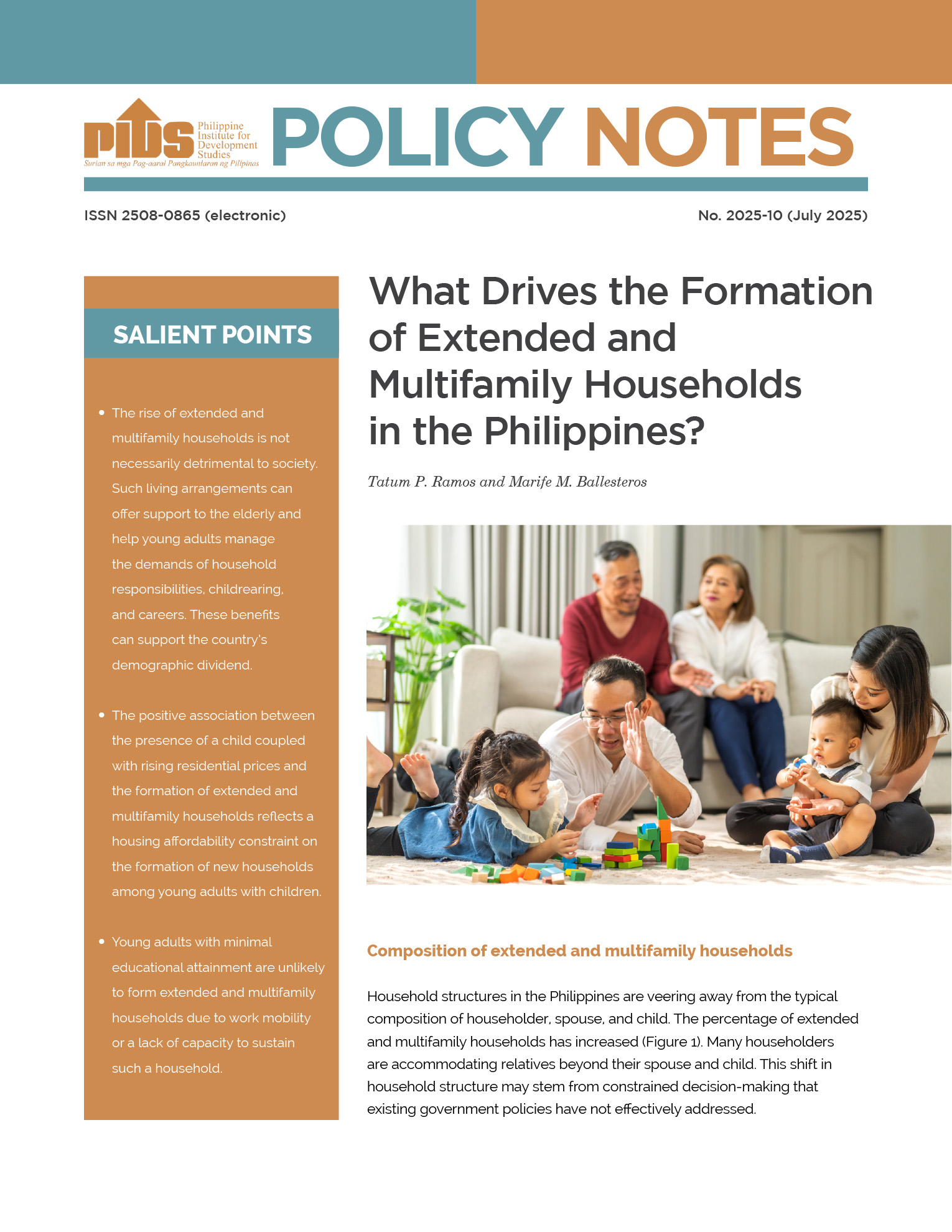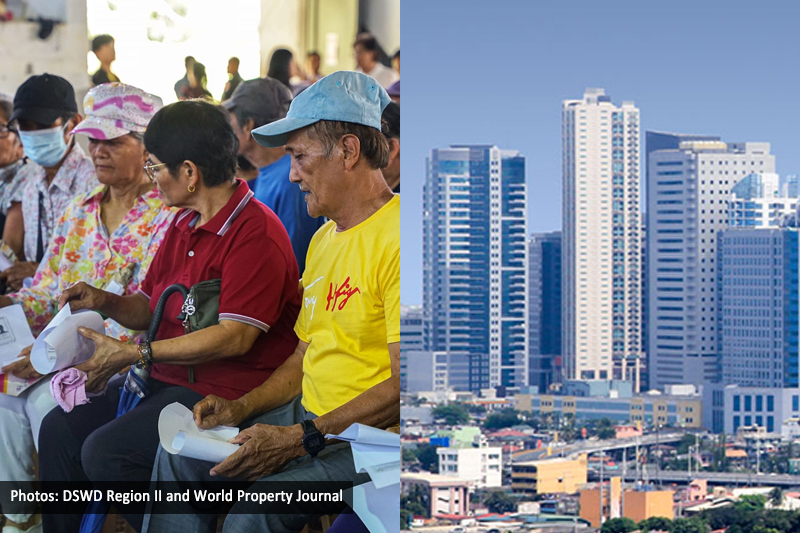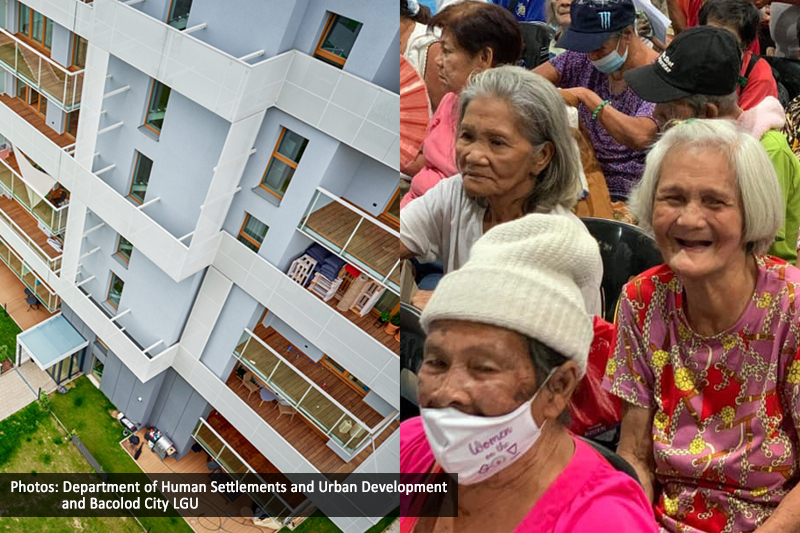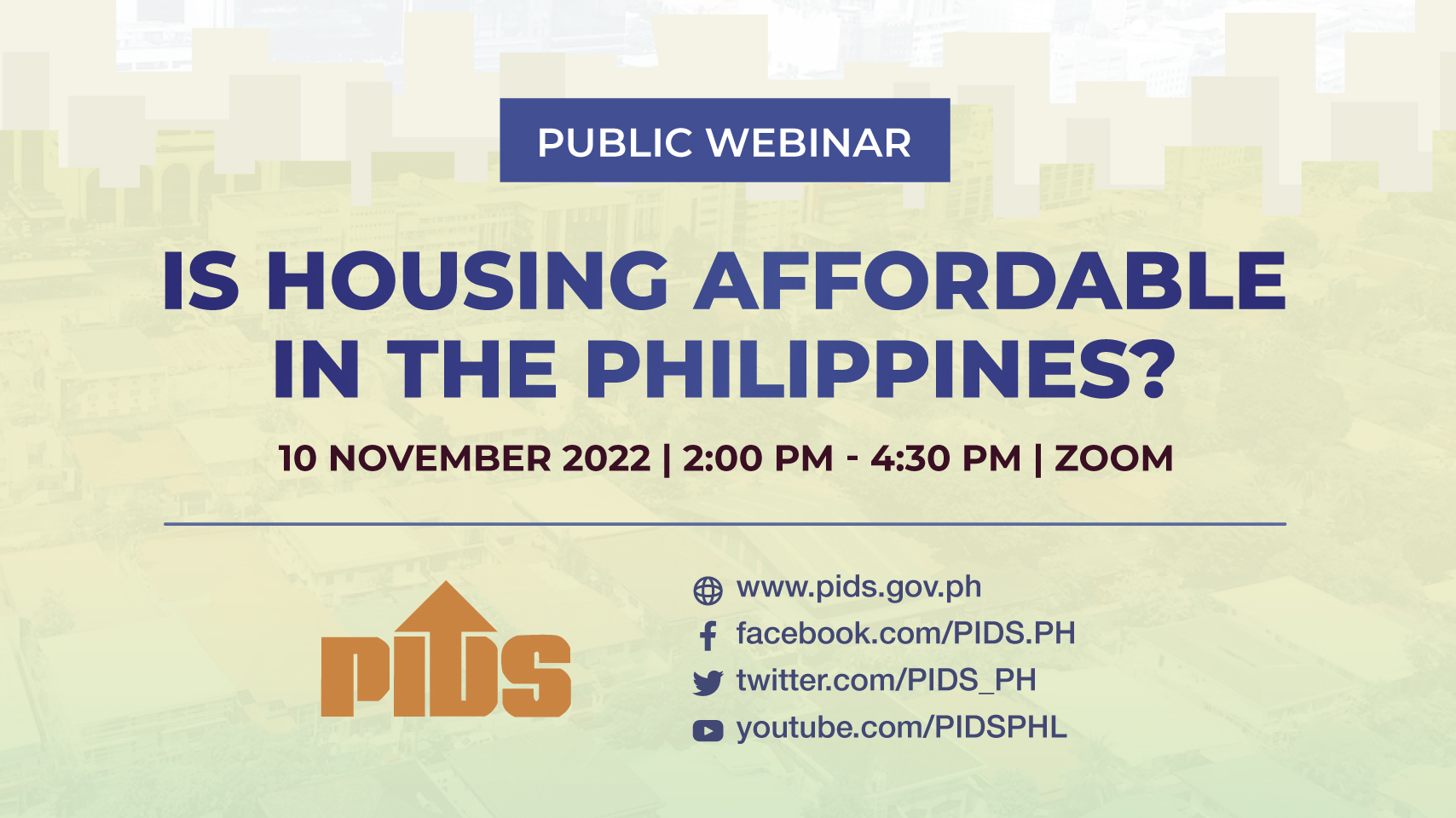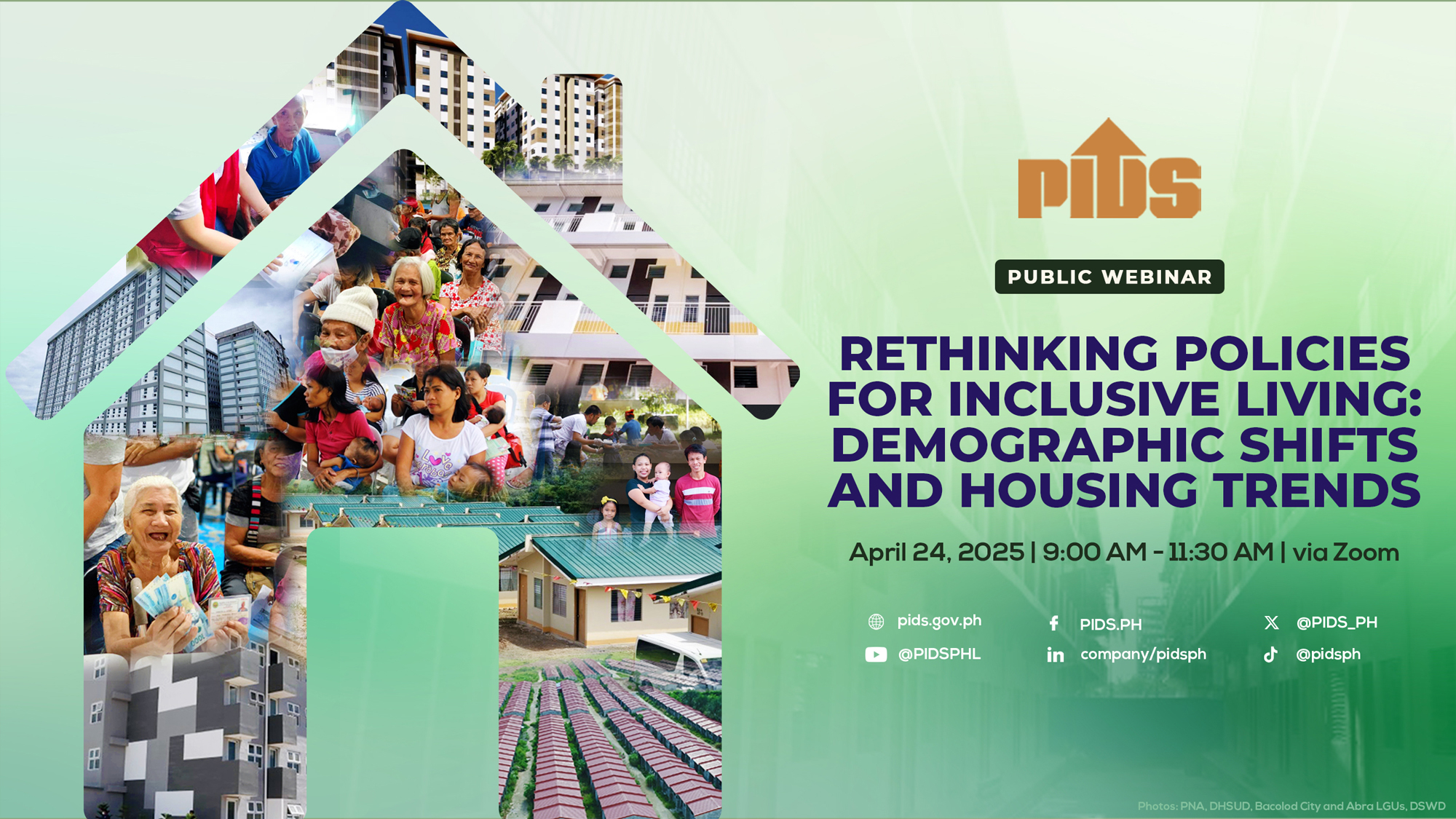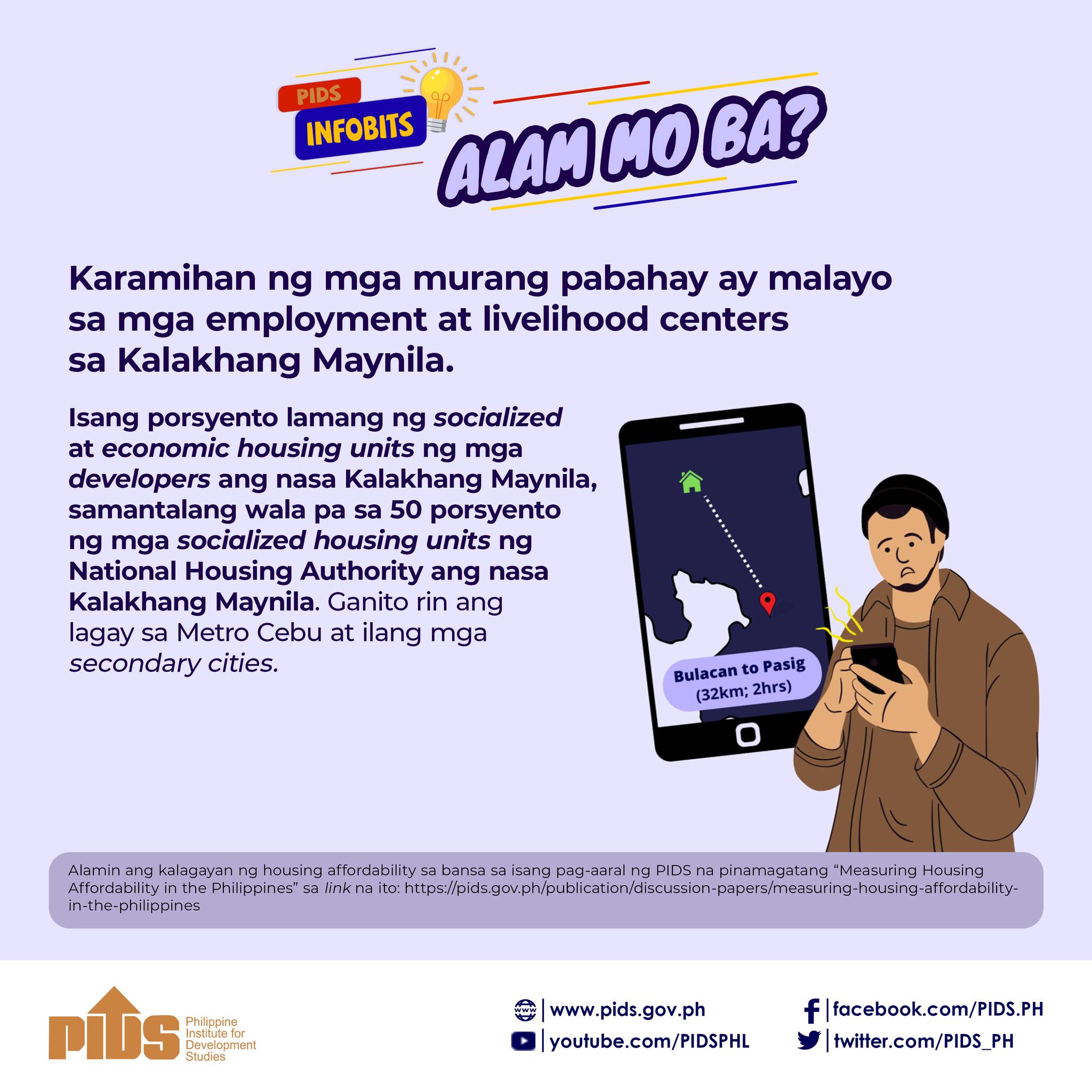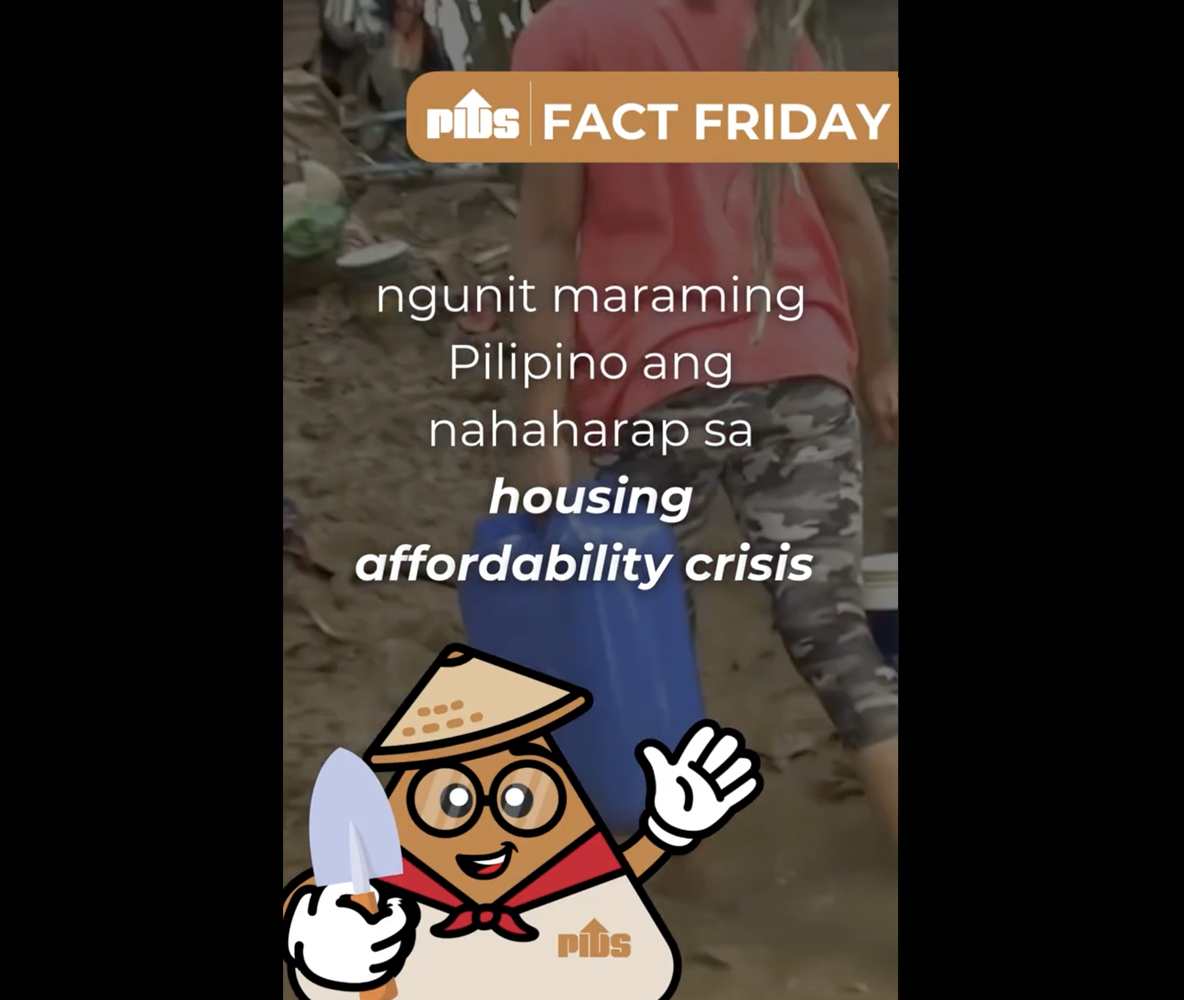The government’s Community Mortgage Program may have neglected poor families, according to a study released by state-owned think-tank Philippine Institute for Developmental Studies (PIDS).
The CMP fund is the mortgage financing program of the Social Housing Financing Corp. that assists legal associations of underprivileged and homeless citizens, called community associations (CA), in purchasing and developing tracts of land under the concept of community.
Vice President Marife Ballesteros, Research Analyst Tatum Ramos, and former Research Specialist Jasmine Magtibay said that in urban areas such as Metro Manila, the maximum loan provided by the CMP may not fully cover the total cost of the land, leading the CAs themselves to fund their equity.
The downside of this arrangement is that poor households can be excluded from the program because they are unable to raise the equity or they may be forced to borrow, resulting in accumulated debts that are beyond their capacity to pay,” the authors said, noting that the maximum loan amount is P100,000.
The SHFC does not monitor how the equity will be raised and does not get involved in negotiations on land prices between community and landowners.
It only ensures that the required equity has been paid by the community to the landowner,” the authors said.
The SHFC sets a target number of beneficiaries to assist every year but does not actively target specific informal settlements or identify CAs.
Mobilizers usually commit only those CAs that are ready to take on a community loan. Community readiness is defined in terms of the CA’s cohesiveness and ability to raise equity, existing purchase agreement with the landowner, and the absence of multiple claims on the property,” the authors explained.
The study said the SHFC should implement a subsidy mechanism that includes different modes of private-public arrangements that can help mobilize land for informal settlers and explore alternative modes of land acquisition, financing, and formalization of households’ rights”.
Putting up a database by the SHFC containing the profile of informal settlements in the Philippines and identifying who should really be included in the program could also help, the authors said.
The CMP fund is the mortgage financing program of the Social Housing Financing Corp. that assists legal associations of underprivileged and homeless citizens, called community associations (CA), in purchasing and developing tracts of land under the concept of community.
Vice President Marife Ballesteros, Research Analyst Tatum Ramos, and former Research Specialist Jasmine Magtibay said that in urban areas such as Metro Manila, the maximum loan provided by the CMP may not fully cover the total cost of the land, leading the CAs themselves to fund their equity.
The downside of this arrangement is that poor households can be excluded from the program because they are unable to raise the equity or they may be forced to borrow, resulting in accumulated debts that are beyond their capacity to pay,” the authors said, noting that the maximum loan amount is P100,000.
The SHFC does not monitor how the equity will be raised and does not get involved in negotiations on land prices between community and landowners.
It only ensures that the required equity has been paid by the community to the landowner,” the authors said.
The SHFC sets a target number of beneficiaries to assist every year but does not actively target specific informal settlements or identify CAs.
Mobilizers usually commit only those CAs that are ready to take on a community loan. Community readiness is defined in terms of the CA’s cohesiveness and ability to raise equity, existing purchase agreement with the landowner, and the absence of multiple claims on the property,” the authors explained.
The study said the SHFC should implement a subsidy mechanism that includes different modes of private-public arrangements that can help mobilize land for informal settlers and explore alternative modes of land acquisition, financing, and formalization of households’ rights”.
Putting up a database by the SHFC containing the profile of informal settlements in the Philippines and identifying who should really be included in the program could also help, the authors said.

